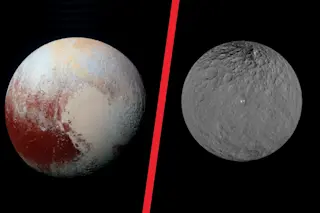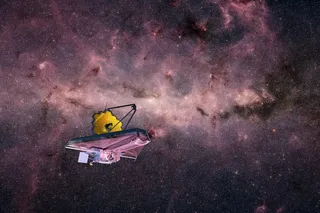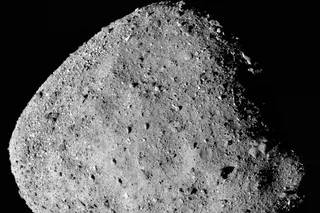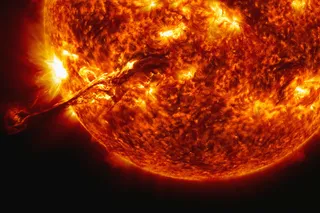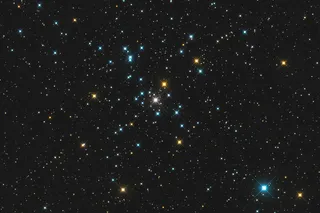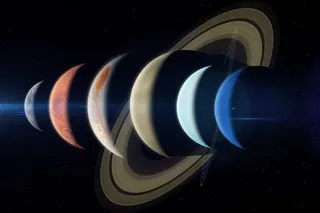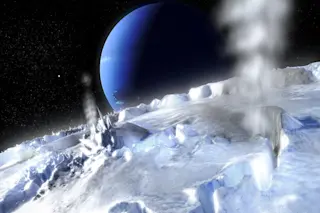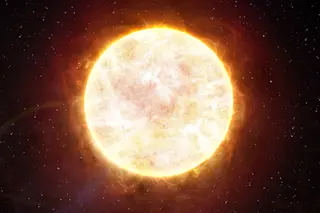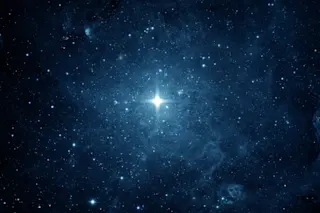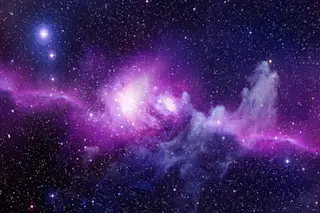Ceres and Pluto don’t seem to have much in common. Nestled in the asteroid belt between Mars and Jupiter, Ceres is a tiny loner, while Pluto — in the Kuiper Belt at the edge of the solar system — is nearly three times as big and hosts a handful of moons. A mixture of rock and water ice dominates Ceres’ landscape, while methane and nitrogen ices cover Pluto. A thin, hazy atmosphere hangs over Pluto, while astronomers have seen only faint traces of gas above Ceres. The worlds are so dissimilar that planetary scientist Steve Desch says he is one of only a handful of researchers familiar with both.
But look a little closer, and it turns out the dwarf planets aren’t all that different. New traces of ammonia on Ceres hint at a much closer relationship between the pair. Large depressions mar the surface of each, and both feature ...


